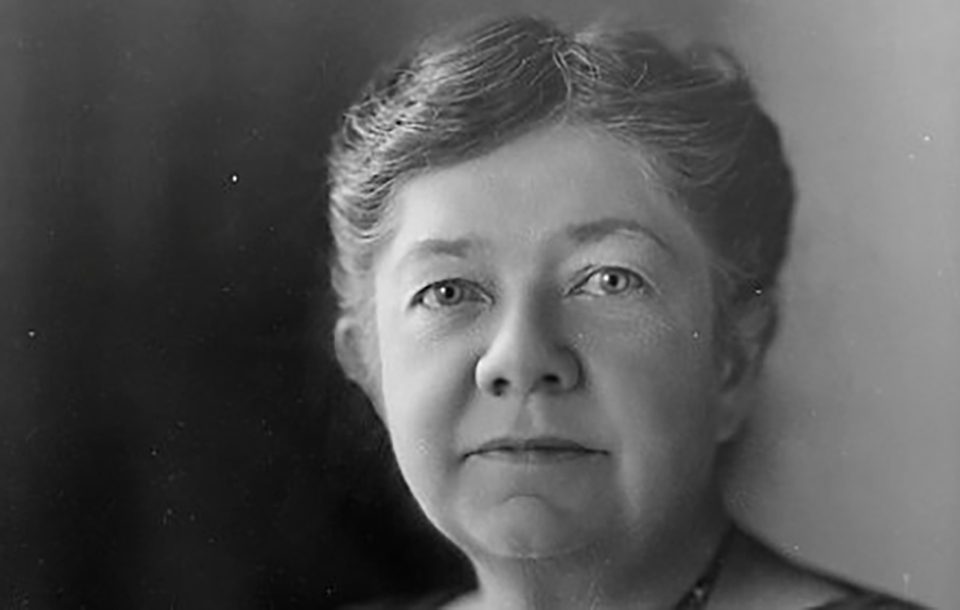
One day, in the early 1970s, I boarded a Pan-Am 747 to make my first journey to America. I was heading for Boston, the state capital and cultural center of New England, which to my mind one of the loveliest regions in the country. Now in case you’d forgotten, New England consists of six states in the top right-hand corner of America: Connecticut, Maine, Massachusetts, New Hampshire, Rhode Island and Vermont. On my first morning in Boston, I had breakfast at the hotel. After ordering fried eggs, the waitress enquired “Over well?”. I assumed that she was asking if I’d slept comfortably and replied something about feeling jet-lagged. She gave me a brief quizzical look then swept away.
New England is comparatively rich in musical history. The New England Conservatory of Music was established in Boston in 1867 and it’s the oldest independent music college in America and among the most prestigious in the world. The Boston Symphony Orchestra was founded in 1881 and is considered one of the “Big Five” American symphony orchestras. The world-renowned Tanglewood Music and Arts Festival began in Massachusetts in 1934 and has been held every summer since.
Some of the most influential American composers were born in New England, among them Charles Ives (Connecticut), Amy Beach (New Hampshire), Walter Piston (Maine) and Carl Ruggles, Lowell Mason and John Adams (Massachusetts). William Billings, now largely forgotten is regarded as the first American choral composer. He lived in Boston and was described as “a singular man of moderate size, short of one leg, with one eye…and with an uncommon negligence of person.” One of his less scruffy contemporaries rejoiced in the name of Supply Belcher and was among a group of mostly self-taught composers who developed a distinctive choral style suitable for amateur local choirs. Not surprisingly, most of the nineteenth century New England composers were influenced by European musical traditions but they were pivotal in the development of an American musical style.
The first American composer to write for symphony orchestra was the mildly eccentric Anthony Philip Heinrich. He gave his compositions long, rambling titles such as The Ornithological Combat of Kings, or the Condor of the Andes and the Eagle of the Cordilleras.
Amy Beach was the first American woman composer who achieved international recognition. From an early age, she showed musical talent, though it wasn’t until her family relocated to Boston in the 1870s that she received formal piano lessons. By the end of the 19th century, she had become a piano virtuoso of considerable fame. The Theme and Variations dates from 1916 and was commissioned by the San Francisco Chamber Music Society. The theme on which the work is based is taken from Indian Lullaby, one of Beach’s many songs. It’s first played by the strings before the flute enters with an extended solo and the first variation. There are five more variations each of a different character.
This is delightful, compelling music and superbly played. The Quatuor Mona (Mona String Quartet) is based in Paris with members from Latvia, France, America and Korea.
The early works of Charles Ives were largely ignored, perhaps because they were too challenging. The truth is that Ives was forging new musical pathways, exploring new sonorities and developing novel concepts. Eventually his genius was recognized and Ives is now considered “the grandfather of American music”.
The magnificent Fourth Symphony was written between 1910 and the mid-1920s and it’s a powerful work scored for enormous orchestra, choir and off-stage instruments. The second and fourth movements require two conductors at times, because different tempi are used simultaneously. The work uses advanced composing techniques and was far ahead of its time. The riotous second movement (“Comedy”) is full of popular tunes, ragtime themes and hymns in different keys, but they are layered over each other to create complicated dense textures. It’s one of the most complex pieces ever written. In contrast, the lyrical and melodic third movement (“Fugue”) is musical poetry, which increases in tension and emotional power. The fourth and last movement uses a separate percussion ensemble that plays at a different tempo from the main orchestra. A theremin makes a rare appearance in the fourth movement (31:46). The final section of this movement is incredibly moving and the work ends in almost complete silence with the beating of a drum.
This extraordinary symphony is one of the composer’s final works despite the fact that he lived for several more decades. In 1927, Charles Ives simply stopped composing. According to his wife, he came downstairs one day with tears in his eyes. He could “compose no more”, he said. And he didn’t. To this day, his sudden self-imposed musical silence remains a mystery.
 |
 |
 |





